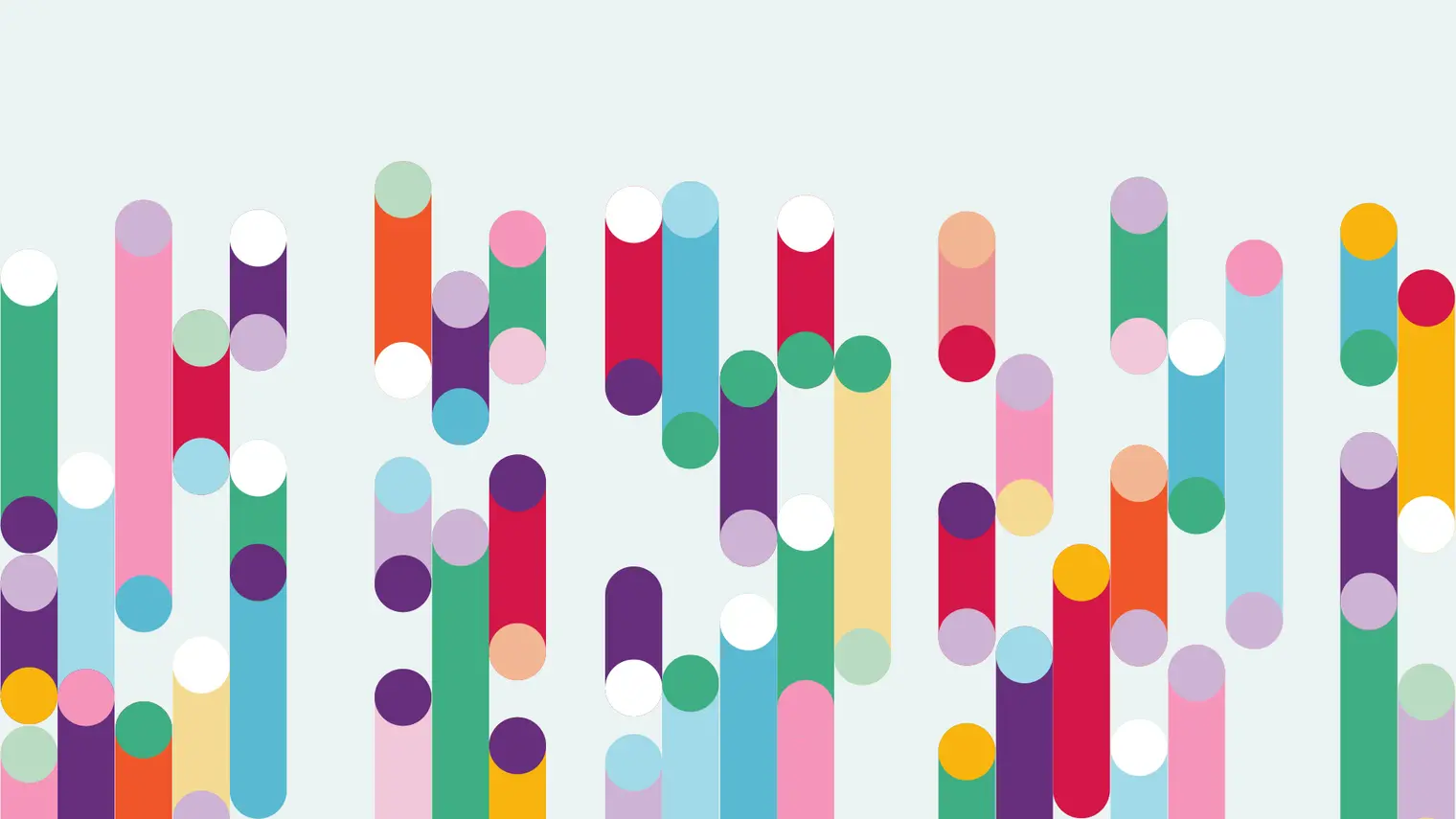
Guillaume Lajoie
Biographie
Guillaume Lajoie est professeur agrégé au Département de mathématiques et de statistiques (DMS) de l'Université de Montréal et membre académique principal de Mila – Institut québécois d’intelligence artificielle. Il est titulaire d'une chaire CIFAR (CCAI Canada) ainsi que d'une chaire de recherche du Canada (CRC) en calcul et interfaçage neuronaux.
Ses recherches sont positionnées à l'intersection de l'IA et des neurosciences où il développe des outils pour mieux comprendre les mécanismes d'intelligence communs aux systèmes biologiques et artificiels. Les contributions de son groupe de recherche vont des progrès des paradigmes d'apprentissage à plusieurs échelles pour les grands systèmes artificiels aux applications en neurotechnologie. Dr. Lajoie participe activement aux efforts de développement responsables de l'IA, cherchant à identifier les lignes directrices et les meilleures pratiques pour l'utilisation de l'IA dans la recherche et au-delà.




